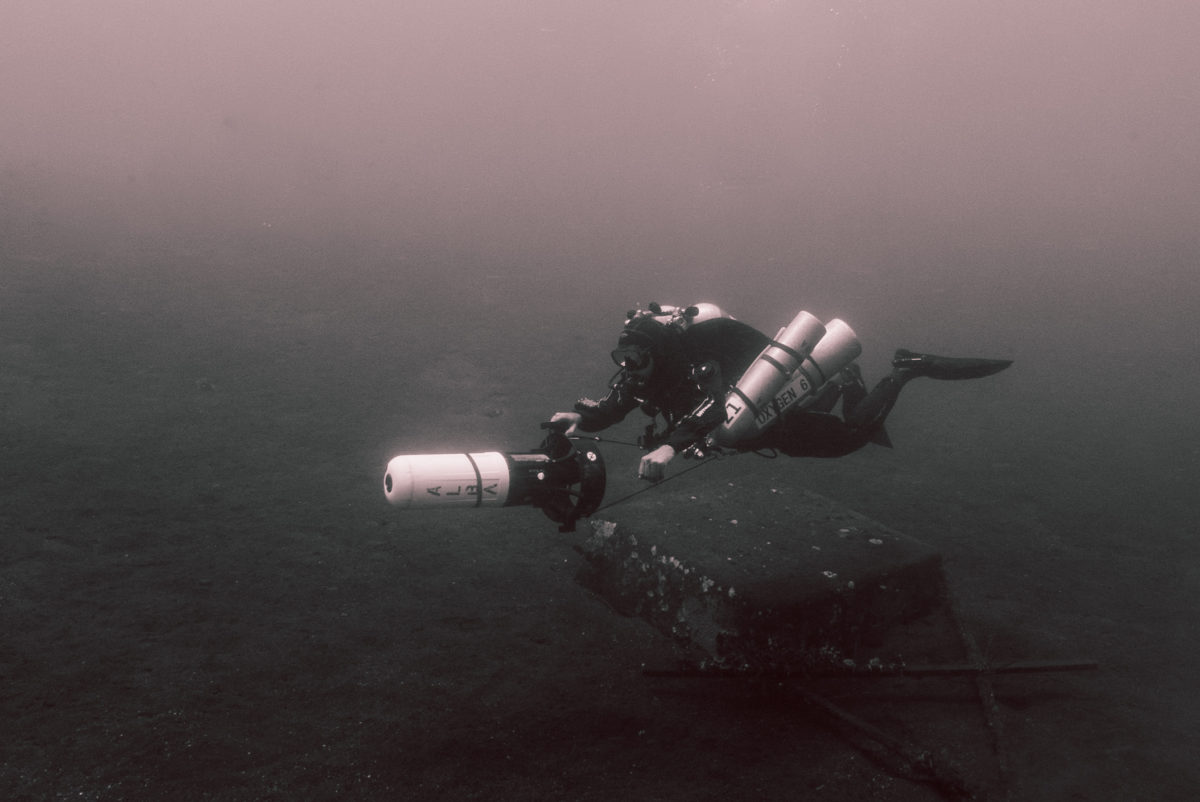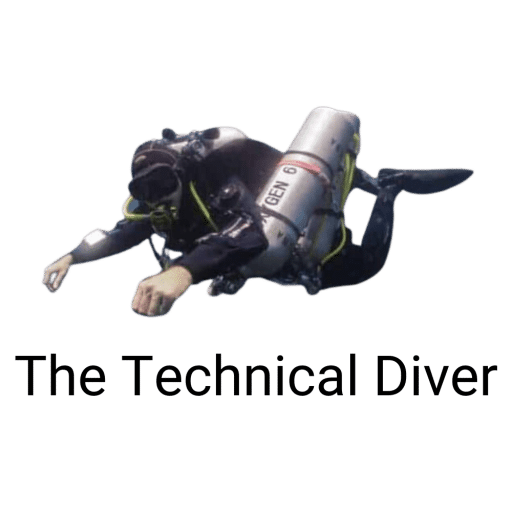I read it and cannot recommend it. Much of it is completely generic advice that is frequently wrong in the details. Here's a few examples.I'll agree with the Reef set.
But what makes your book indispensable? I'm always a little skeptical about self-promotions like this.
Edit - I just noticed it's in Kindle Unlimited. I will read it and report back.
While a wing is still a BCD, as you will see, there are no “standard” features because many are custom assembled from parts purchased at a local dive center... [The author means BP/W, but apparently doesn't know the term, referring to them sometimes as "wing" and other times as "backplate". He also appears to be unaware that they mostly bought as a package these days.]
A yoke-style regulator can be used for a maximum of 3,000 psi. Most aluminum tanks are filled to 3,000 psi, so this isn’t an issue; however, steel tanks can be filled higher. If you plan on diving tanks with more than 3,000 psi, a yoke-style regulator is not a good choice for you....
The advantage of using a balanced regulator comes into play in deep diving. balanced first-stage regulators are more efficient in supplying air as the ambient pressure increases. Whether you are at 10 feet or 100 feet, it will deliver the air consistently. It will also continue to work the same regardless of how much pressure is left in your tank. An unbalanced regulator will breathe with more difficulty if a diver is deep, or breathing heavily because of exertion...
First, if you are diving aluminum tanks, then the more air you consume, the lighter your tanks are. With 3000psi in it, an aluminum 80 tank is roughly 1.5 pounds negatively buoyant. As you breathe through your air though, it becomes lighter. At 750 PSI that same aluminum 80 tank is 3 pounds positively buoyant. The more air you consume, the lighter you will become. This is not true of steel tanks.
There's also the usual proofreading issues you find in self-published materials.
I'll be more specific. The gear selection section, which is the largest in the book, is completely worthless. It feels like it was written by chatGPT There is nothing that new divers could take from that section that would help them to actually select gear.
The next section about cleaning and caring for gear is OK. Although I suspect most experienced divers would take issue with at least one aspect of his recommendations for cleaning regs.
Then we go back downhill in the chapters on proper weighting and buoyancy. Again, generic and often wrong on the details.
It gets a little better in the section on boat and shore diving. I could actually see this making a first time diver a little less nervous.
The final section on tipping is, IMO, the only one that is really useful for students and beginning divers, at least for Florida dive ops. I'm pretty sure this has to do with the author's first hand experience as the person being tipped.





